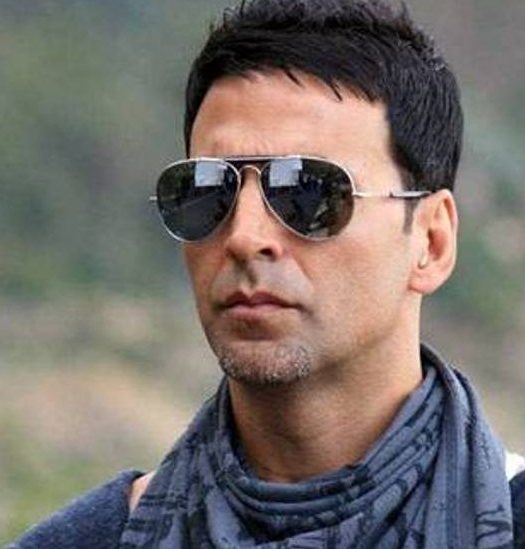The intent was never to mock either an individual or any religion – Fuwad Khan
Acclaimed Cinematographer turned Director Fuwad Khan talks about the making of his upcoming film, Dharam Sankat Mein, what drew him towards this interesting subject and the experience of working with stalwarts like Paresh Rawal, Naseeruddin Shah and Annu Kapoor in his directorial debut.

Director Fuwad Khan with Naseeruddin Shah
From cinematography to direction, how did your journey happen?
The journey started much earlier in life with an opinion, and a search to discover a method of conveying it. Therefore the easiest path forward was storytelling. It was essential to learn the basics of the craft. In order to be a good artist one has to be a good technician. Cinematography is essentially translating someone else’s vision so that it surprises them. Direction therefore was the next logical step.
Have you approached this film in a planned, methodical way or more spontaneous & interactive manner?
The best way to approach a collaborative effort (read filmmaking/direction) is that one has to be well thought out and prepare for spontaneity each day. Even more importantly, direction is also about letting people – actors, crew et al – discover and contribute to their best potential.
It’s like conducting music; orchestrating each individual to achieve a whole symphony. There was also an inordinate amount of help and support from Sajjad Chunawala and Shariq Patel, first time producers, who gave me, a first time director, all the space and support that I needed to make my film the way I wanted.
Dharam Sankat Mein is said to be an adaptation of ‘The Infidel’, is it correct? How did this become the subject for your directorial debut?
It is entirely true and acknowledged that Dharam Sankat Mein is an adaptation of The Infidel. The reason I picked this subject is because the story said what I wanted to communicate. The Infidel is also not a film many have seen, and I felt that it says something about humanity that I believe in strongly.
It was through OMG! Oh My God that audiences saw a new, refreshing take on religion in society. Does that give you confidence that people are now more accepting of such subjects?
Audiences have always accepted and applauded films/books/plays that talk about the spirit of religion. Which was why I had the confidence to address the subject that has been corrupted by opinion makers and know-it-alls.

At the same time people are still sensitive to some issues. Since the film has elements of religion involved, were you cautious while making it?
Not at all. Since the intent was never to mock either an individual or any religion.
And did the Censor Board prescribe any changes/cuts?
The Censor Board did prescribe a few cuts and some words were muted. There was however no damage to either the storytelling or the message of the film. I would like to thank them for understanding and appreciating the core of the film.
With versatile actors like Paresh Rawal, Naseeruddin Shah and Annu Kapoor you’ve managed a casting coup of sorts. Was there any coaxing/convincing needed with any of them?
You are right it was a casting coup, however the coaxing or convincing happened on the merit of the idea. That is the astuteness of great actors, having the ability to recognize the potential of a script. In fact Naseer sahab’s first reaction was that Dharam Sankat Mein is an important film that needs to be made.
Since these actors are veterans in their own right, what was the preparation process like? How was the experience of working with them?
It was like going to school under the tutelage of benevolent Masters. It was an honour and privilege that is accorded to the fortunate few.

Being a cinematographer yourself, what kind of visual treatment did you envision for the film?
My endeavor as a cinematographer has always been towards making my films look real. As a director I followed the same principle and have tried to let the story tell itself. There is a certain brevity in how the film looks, and the person responsible for it is the cinematographer Anshuman Mahaley. The final film that you will see is a combination of the visuals, wonderfully put together by the very talented Apurva Asrani as the editor of the film, with the wonderful work put in by sound designer Dara Singh.
How important is the role of music in the film? Was the item song with Sophie Choudhary the demand of the story?
The song with Sophie is an integral part of the film. More about this can only be said post the release of the film.
In your experience how has the entire making journey of your first film been? What part of this film is closest to your heart?
It has been a roller coaster ride like no other, an exhilarating adventure that has consumed most of the last three years of my life. A film is a director’s child, and I can tell you from personal experience that it is virtually impossible to figure out which part of your child you like best. There is no option but to love the whole package warts included.
One reason that you’d give audiences to go and watch this film.
If you want to be entertained come join us on the 10th of April on a journey that I would love to share. Hopefully along with entertaining you it might also induce you to think about the human condition and you might recommend it to a friend.


